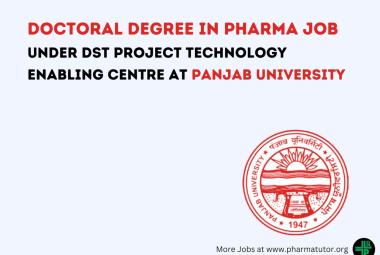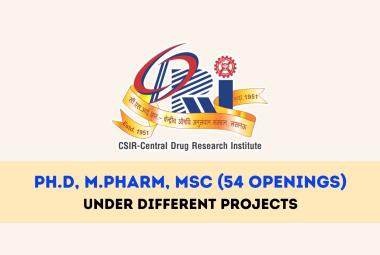Cedars-Sinai investigators have developed an investigational therapy using support cells and a protective protein that can be delivered past the blood-brain barrier. This combined stem cell and gene therapy can potentially protect diseased motor neurons in the spinal cord of patients with amyotrophic lateral sclerosis, a fatal neurological disorder known as ALS or Lou Gehrig's disease.
In the first trial of its kind, the Cedars-Sinai team showed that delivery of this combined treatment is safe in humans.
“Using stem cells is a powerful way to deliver important proteins to the brain or spinal cord that can’t otherwise get through the blood-brain barrier,” said senior and corresponding author Clive Svendsen, PhD, professor of Biomedical Sciences and Medicine and executive director of the Cedars-Sinai Board of Governors Regenerative Medicine Institute. “We were able to show that the engineered stem cell product can be safely transplanted in the human spinal cord. And after a one-time treatment, these cells can survive and produce an important protein for over three years that is known to protect motor neurons that die in ALS.”
Aimed at preserving leg function in patients with ALS, the engineered cells are potentially a powerful therapeutic option for this disease that causes progressive muscle paralysis, robbing people of their ability to move, speak and breathe.
None of the 18 patients treated with the therapy developed by Cedars-Sinai scientists had serious side effects after the transplantation, according to the data.
The study used stem cells originally designed in Svendsen’s laboratory to produce a protein called glial cell line-derived neurotrophic factor (GDNF). This protein can promote the survival of motor neurons, which are the cells that pass signals from the brain or spinal cord to a muscle to enable movement.
In patients with ALS, diseased glial cells can become less supportive of motor neurons, and these motor neurons progressively degenerate, causing paralysis.
By transplanting the engineered protein-producing stem cells in the central nervous system, where the compromised motor neurons are located, these stem cells can turn into new supportive glial cells and release the protective protein GDNF, which together helps the motor neurons stay alive.
“GDNF on its own can’t get through the blood-brain barrier, so transplanting stem cells releasing GDNF is a new method to help get the protein to where it needs to go to help protect the motor neurons,” said Pablo Avalos, MD, co-lead author on the paper and associate director of Translational Medicine in the Cedars-Sinai Board of Governors Regenerative Medicine Institute. “Because they are engineered to release GDNF, we get a ‘double whammy’ approach where both the new cells and the protein could help dying motor neurons survive better in this disease.”












